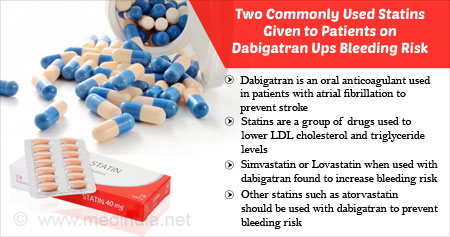

If you take an anti-inflammatory painkiller, as a rule you should take the lowest dose that is effective, for the shortest length of time that is possible. Although paracetamol does not reduce inflammation, it is often the preferred painkiller for muscle and joint conditions that cause pain but have little inflammation. Paracetamol is a good painkiller, and is less likely to cause side-effects. It is often worth trying paracetamol before taking an anti-inflammatory. Some general points about taking anti-inflammatory painkillers ( See the separate leaflet called Aspirin and Other Antiplatelet Medicines.) Low-dose aspirin is also used to help prevent blood clots that can cause a heart attack or stroke. Ibuprofen and aspirin are also used to bring down a high temperature.

When used to reduce inflammation, you might not notice the maximum effect for up to 1-3 weeks after starting a course of tablets. This can further reduce pain and stiffness that occurs with inflammatory conditions such as rheumatoid arthritis. With repeated regular doses, they also reduce inflammation. A short course of an anti-inflammatory medicine is an option to ease short bouts of painful conditions.
Muscle and ligament pain (strains and sprains).Īfter a single dose, they work at least as well as paracetamol to ease pain. Anti-inflammatories are used to ease pain in various conditions, including: So, in the end, further research is needed to determine, more appropriately, the type of AED therapy, timing and duration of treatment.When are anti-inflammatory painkillers used?Īnti-inflammatory painkillers have two main uses: An assessment should be done to identify possible drug-drug interactions, the drug should be started at a low dose and titrated slowly to the lowest maintenance dose possible, and enhanced quality of life should be a focus of treatment. The drug chosen for use in the elderly population should possess a wide spectrum of activity and have few side effects. On the other hand, first-generation drugs, such as phenytoin, carbamazepine and phenobarbital, have the potential to have a harmful impact on recovery, bone health, cognition and blood sodium levels and may interact with other treatments used by the elderly population. The latest studies regarding post-stroke seizure treatment showed that 'new-generation' drugs, such as lamotrigine, gabapentin and levetiracetam, in low doses would be reasonable because of their high rate of long-term seizure-free periods, improved safety profile, and fewer interactions with other drugs, especially anticoagulant ones, compared with first-generation AEDs. However, because of the physical and psychological influences of recurrent seizures, prophylactic treatment should be considered after a first unprovoked event in an elderly person at high risk of recurrence, taking into consideration the individuality of the patient and a discussion with the patient and his/her family about the risks and benefits of both options. Prospective studies in the literature showed that immediate treatment after a first unprovoked seizure does not improve the long-term remission rate. Many population- and hospital-based studies have been performed, ending with generalized recommendations, but still the decision to initiate AED treatment after a first or second seizure should be individualized. The optimal timing and type of antiepileptic drug (AED) treatment for patients with post-stroke seizures is still a controversial issue. Compared with that in younger patients, the appearance of seizures in old age is less specific and may take time before a diagnosis can be proven. 
Previous stroke accounts for 30-40% of all cases of epilepsy in the elderly. About 10% of stroke patients will suffer a seizure, depending on risk factors, such as the type, location and severity of the stroke.

Post-stroke seizures are a frequent cause of remote symptomatic epilepsy in adults, especially in older age.








 0 kommentar(er)
0 kommentar(er)
